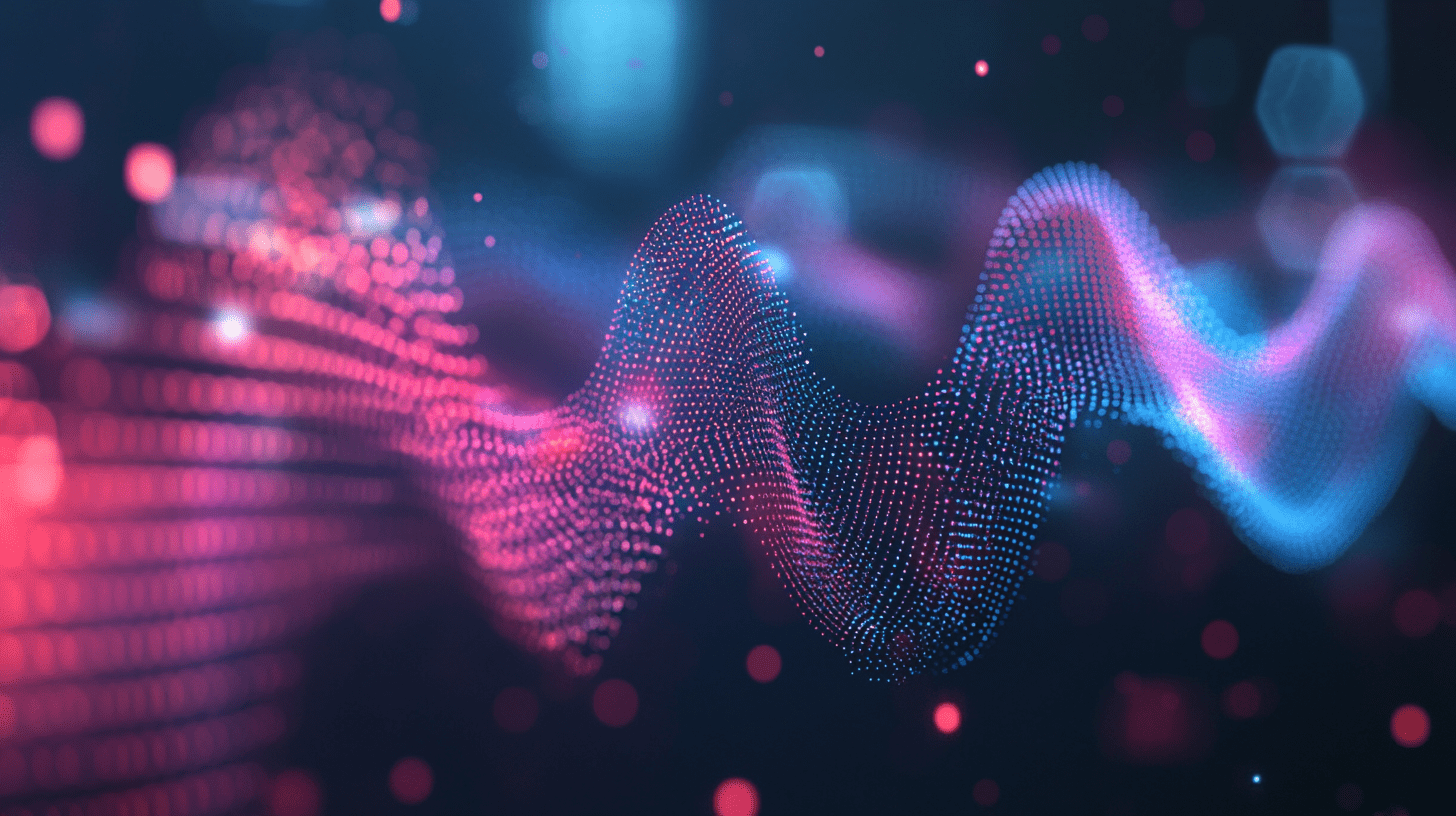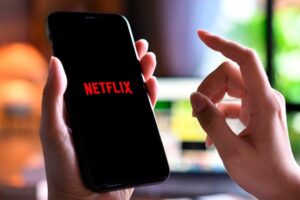
OpenAI’s Generative Music Tool: Redefining the Sound of AI Creativity
OpenAI Generative Music Tool Gains Momentum in AI Audio Innovation
OpenAI is reportedly developing a new generative music tool, capable of producing original music through both text and audio prompts. According to reports, this initiative aims to help creators generate soundtracks, musical layers, and even instrument accompaniments with minimal manual input. The OpenAI generative music tool could transform how content creators integrate sound into their projects.
Early insights indicate that the model can generate music to complement existing videos or add guitar accompaniment to pre-recorded vocals. It remains unclear whether this will be a standalone product or integrated into OpenAI’s broader ecosystem, such as ChatGPT or the video platform Sora.
Collaboration with Juilliard Students to Enhance Training Data
A notable development in this project is OpenAI’s collaboration with students from the Juilliard School, who are reportedly annotating musical scores to refine the model’s training data. This approach emphasizes OpenAI’s commitment to precision and creative diversity in AI-generated sound.
The annotation process is crucial for improving the model’s understanding of rhythm, melody, and structure—elements that define the quality of generative audio. By aligning with musicians from one of the world’s top performing arts institutions, OpenAI appears to be strengthening its foundation for artistic and technical accuracy.
Context: From Speech to Sound Composition
While OpenAI has launched generative music systems in the past, those models predate the rise of ChatGPT. More recent innovations have focused on speech-based models, including text-to-speech and speech-to-text functionalities. The OpenAI generative music tool marks a renewed push into audio creativity and suggests a broader strategy toward multimodal AI.
In the wider industry landscape, other companies—such as Google and Suno—are also developing generative music technologies. The emergence of multiple players in this space signals an accelerating shift in how artificial intelligence interacts with sound, composition, and creative expression.
The Implications for Creative Industries
If successful, OpenAI’s tool could make music creation more accessible to a range of professionals, from filmmakers to independent artists. This shift could democratize soundtrack generation while maintaining musical sophistication. For enterprises working in video, advertising, and multimedia, integrating AI-based audio tools could streamline production and reduce costs without compromising creativity.
However, the timeline for launch remains uncertain. What’s clear is that the growing intersection of AI and music generation continues to reshape both creative and technological frontiers.
Closing Reflection
As AI continues to merge with the arts, a key question emerges: Can machine-generated music ever match the emotional nuance of human composition?
Explore Business Solutions from Uttkrist and our Partners’, Pipedrive CRM [2X the usual trial with no CC and no commitments] and more uttkrist.com/explore



